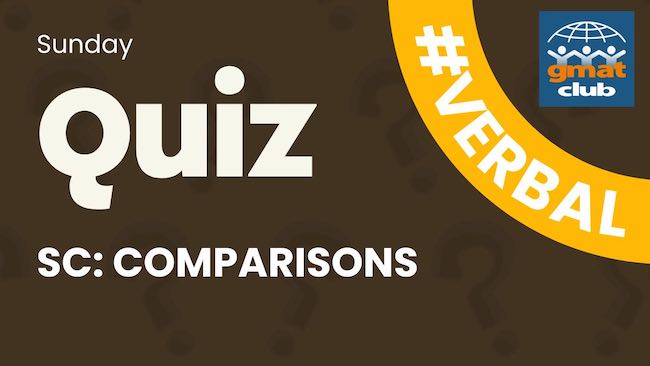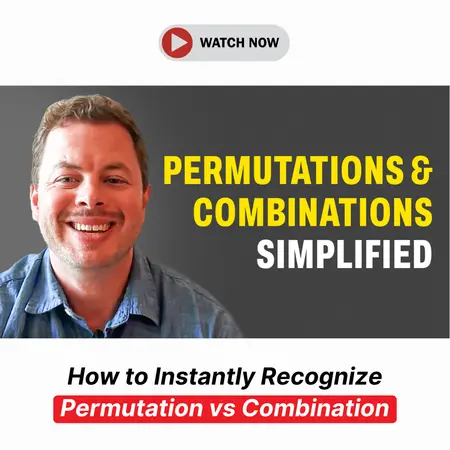Q2. In 1911,
Katherine Mansfield published In a German Pension, a collection of short stories, at only nineteen years old, while a contemporary of James Joyce, but a work that her editor and future husband, Jonathan Middleton Murray, declared was a remarkable book to have written at so young an age.
A. Katherine Mansfield published In a German Pension, a collection of short stories, at only nineteen years old, while a contemporary of James Joyce, but a work that her editor and future husband, Jonathan Middleton Murray, declared was
B. when she was only nineteen, Katherine Mansfield, a contemporary of James Joyce, published In a German Pension, a collection of short stories that her editor and future husband, Jonathan Middleton Murray, declared
C. when she was only nineteen, Katherine Mansfield was a contemporary of James Joyce and published In a German Pension, a collection of short stories that her editor and future husband, Jonathan Middleton Murray, declared
D. Katherine Mansfield, a contemporary of James Joyce, published In a German Pension, when she was only nineteen, a collection of short stories and a work that her editor and future husband, Jonathan Middleton Murray, declared
E. James Joyce’s contemporary Katherine Mansfield published In a German Pension, when she was only nineteen, a collection of short stories that her editor and future husband, Jonathan Middleton Murray, declared was
Q3. With
the approval ratings among his constituents and the stock market dropping rapidly, the president announced a series of spending initiatives to try stimulating the economy.
A. the approval ratings among his constituents and the stock market dropping rapidly, the president announced a series of spending initiatives to try stimulating
B. the stock market and the approval ratings among his constituents dropping rapidly, the president announced a series of spending initiatives to try and stimulate
C. the approval ratings among his constituents and the stock market dropping rapidly, the president announced a series of spending initiatives trying to stimulate
D. the stock market and with the approval ratings among his constituents dropping rapidly, the president announced a series of spending initiatives that will try to stimulate
E. the stock market and the approval ratings among his constituents dropping rapidly, the president announced a series of spending initiatives to try to stimulate
winterschool
Q1. Companies wishing to boost sales of merchandise should use in-store displays to catch customers’ attention. According to a marketing study, today’s busy shoppers have less time for coupon-clipping and pay little attention to direct-mail advertising; instead, they make two-thirds of their buying decisions on the spot at the store.
Which one of the following is an assumption that the argument requires?
(A) Companies are increasingly using in-store displays to catch customers’ attention.
(B) Coupons and direct-mail advertising were at one time more effective means of boosting sales of merchandise than they are now.
(C) In-store displays are more likely to influence buying decisions made on the spot at the store than to influence other buying decisions.
(D) In-store displays that catch customers’ attention increase the likelihood that customers will decide on the spot to buy the company’s merchandise.
(E) Many of today’s shoppers are too busy to pay careful attention to in-store displays.
winterschool
Q2. According to the Tristate Transportation Authority, making certain improvements to the main commuter rail line would increase ridership dramatically. The authority plans to finance these improvements over the course of five years by raising automobile tolls on the two highway bridges along the route the rail line serves. Although the proposed improvements are indeed needed, the authority’s plan for securing the necessary funds should be rejected because it would unfairly force drivers to absorb the entire cost of something from which they receive no benefit.
Which of the following, if true, would provide the authority with the strongest counter to the objection that its plan is unfair?
(A) Even with the proposed toll increase, the average bridge toll in the tristate region would remain less than the tolls charged in neighboring states.
(B) Any attempt to finance the improvements by raising rail fares would result in a decrease in ridership and so would be self-defeating.
(C) Automobile commuters benefit from well-maintained bridges, and in the tristate region bridge maintenance is funded out of general income tax revenues to which both automobile and rail commuters contribute.
(D) The roads along the route served by the rail line are highly congested and drivers benefit when commuters are diverted from congested roadways to mass transit.
(E) The only alternative way of funding the proposed improvements now being considered is through a regional income tax surcharge, which would affect automobile commuters and rail commuters alike.
Q1. Although the fine for overspeeding on highways has been tripled, many young adults still drive faster than the prescribed speed limits. Recently, the highway patrolling police came up with a new speedgun that indicates on a GPS system any movement faster than the prescribed speed limit. While this technology may help in catching more cases of overspending, the local media is accusing the state patrolling police for finding alternate means for improving its ticket collections. With the young adults constituting only 5% of the total drivers in the state, improvement expected in ticket collections is not likely to be significant. Therefore, the accusation by the local media against the state patrolling police is certainly uncalled for.
Which one of the following, if true, most helps to strengthen the conclusion drawn in the argument?
A. Most drivers who are not young adults will not understand how the speedguns could detect them.
B. There are sophisticated devices that car drivers can use to detect the use of a speedgun and so can avoid getting caught.
C. Most of the young adult drivers have adhered to the speed limits since the increase in fine.
D. Almost all drivers who are not young adults take care not to overspeed since the increase in fine.
E. Speedguns are expensive but the patrol police can use fake speedguns only to scare potential overspeeders.
Q2. The Electoral College, the institution that elects the President and the Vice President of the United States every four years, is often regarded among Americans as an anachronistic method of electing a President. The advocates of this position argue that the Electoral College method is not democratic in a modern sense and should be superseded by a simpler, popular institution prevalent in many democracies. The Constitution provides that “Each State shall appoint, in such Manner as the Legislature thereof may direct, a Number of Electors, equal to the whole Number of Senators and Representatives to which the State may be entitled in the Congress.” It is the electors who elect the President, not the people. When you vote for a presidential candidate, you’re actually voting for a slate of electors.
Which of the following can be inferred from the passage above?
(A) It is possible that the Electoral College would be replaced by a different institution.
(B) The Electoral College is non-democratic.
(C) The Electoral College will be soon replaced by a more popular, accepted form of democracy.
(D) Through Electoral College, one can directly vote for a presidential candidate.
(E) The people’s choice for presidential candidate generally differs from the electors’ choice.










